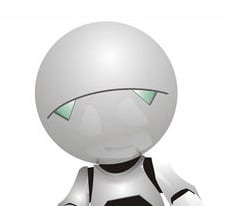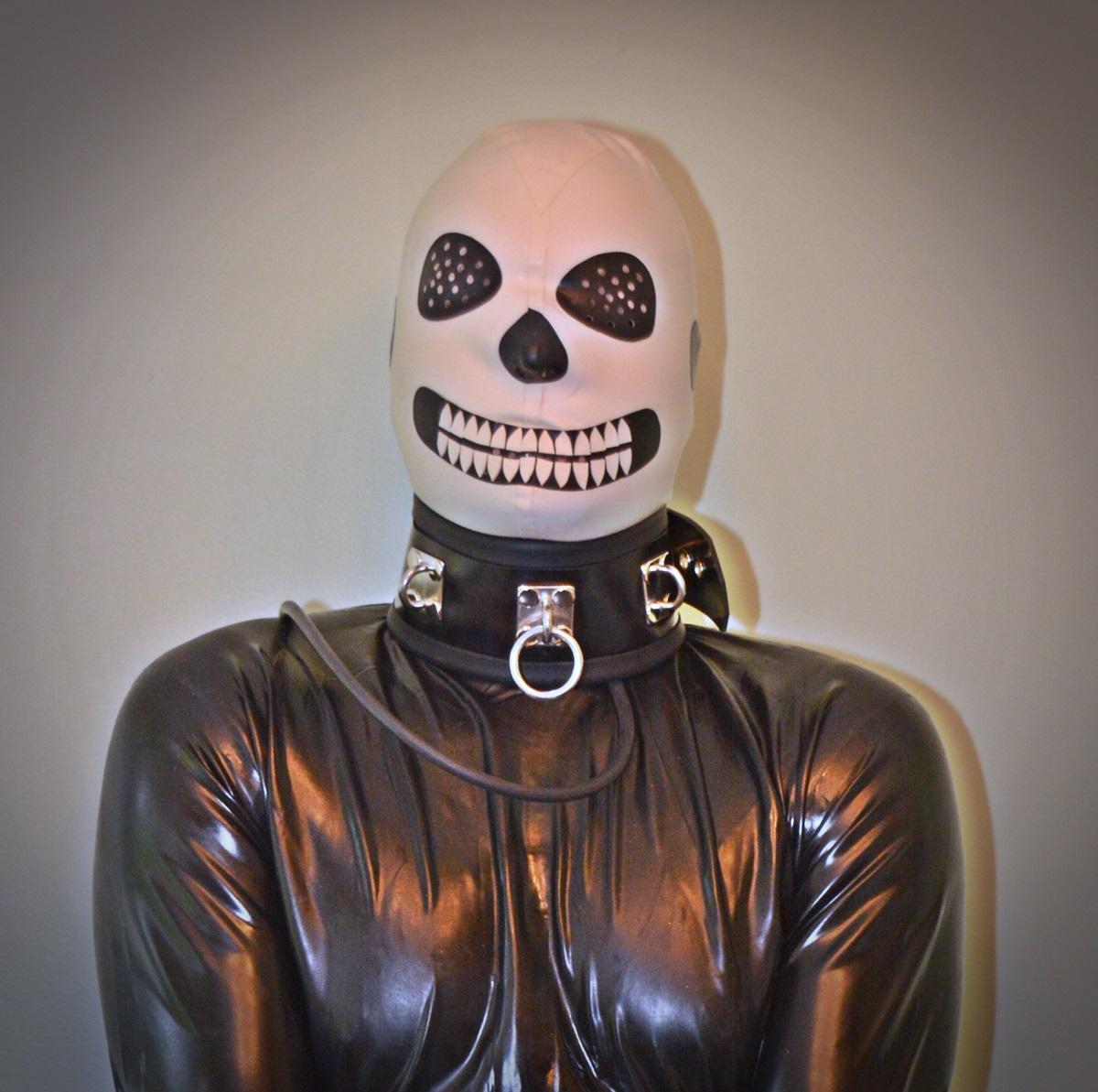If you release the clutch slow enough, in most cars you can get moving just with idle engine.
Practice in a parking lot if you can, and just do that over and over until you understand the friction point.
Getting moving from a dead stop in first or reverse is really the only hard part of driving a manual, shifting up through the gears from there is trivial.
Learn to shift based off the sound of the engine, dont stare at the tachometer.
If you already know how to drive, learning manual isnt so hard. You are going to stall it out, you arent hurting anything but your pride when you do.
We made our kids go to a church parking lot and drive without the gas pedal. There was much bitching and screaming, but they both learned pretty quickly. Backing up through the circle drive without hitting the curb took much much longer.
Looking at the tach is so useful through. You can learn how your car can go into gear at different speeds depending on if you’re going uphill, downhill, or flat.
In my experience, releasing the clutch without adding throttle will only get you moving in a diesel car.
Gasoline engines will stall much faster, which is part of the reason learning vehicles are all diesel.
Make sure you press down the clutch all the way
People will be annoyed with you and honk at you when you stall at a traffic light or something. Know and accept that fact. Do not mind them. Take your time to do things right. With time you’ll gain muscle memory and you won’t have to think about it at all. Until then, don’t mind the impatient drivers.
Except one short mention about riding the clutch, I haven’t seen this yet… Get into the habit of completely removing your foot from the clutch pedal whenever possible. Even just lightly resting your foot against the pedal can wear your clutch out prematurely. Cruising on the highway: remove your foot from the clutch pedal and rest it on the floor. Sitting at the lights: put the car in neutral and release the clutch. Put your foot on the floor until you’re ready to go. Also, it’s ok to coast to a stop with the clutch pedal depressed, but you have much more control if you downshift to a stop and you will extend the life of your brakes, too.
you can’t spend too much time practicing in a big empty parking lot.
Or if you know a farmer, a paddock is also a good option
If you stall and everypne starts getting angry, ignore them and do your thing slowly and safely.
Yup. Once you recover from a stall a few times you can get pretty fast at it, but don’t worry about going slow and methodical.
Safety first!
One I haven’t seen here yet. If your battery dies, you can usually get the car rolling (neutral with people pushing, or turn down a small hill) and once moving a bit you can throw it straight into second gear and hit the gas and it should cause the car to start and you can drive it to a destination to replace the battery (or just let it charge the battery if you left the headlights or interior lights or such on and let it die on accident). No second car/jumper cables required.
You’ve gotten a lot of solid practical advice, so I’ll take it to theory.
Learn how it works and what happens when you push that clutch in and let it out.
Here’s a video with a lot of detail and animation.
Keep the radio/music off. It’s much easier to hear the engine and how the clutch engaged while you are getting used to your new clutch
I find it interesting how those of us having learned with manuals just know when to shift after a while, even if the music is blaring.
You sort of just feel it.You’ll get there soon, OP, just keep practicing!
Old VWs just had a mark on the speedo telling you what gear to be in. So you kinda shift around the marker. So easy.
Accidentally stopping the engine is no shame. Whatever anybody thinks. Focus on not making collisions. You can always just start the engine again. Nothing bad happened. Collisions are the real headache and what is important.
Keep at it.
Nothing really to it, you just need time and lots of practice to build up the “muscle memory” for it, until it becomes little more than a reflex.
Lots of good advice in here for the basics. Only one I’ll bother repeating is to get used to your clutch by slowly releasing it and getting the car moving without touching the throttle at all.
Also never downshift into first. This is a bit of a soft rule since it can be done, but the speed you need to lose before you do is a lot more than any of the other gears. If it’s a 6 speed, this might even apply to 2nd gear to a degree. To figure out when it’s safe to downshift to first, redline it in first and check your speed. Never do it at or above that speed as a hard rule.
For intermediate techniques:
When shifting while moving, let off the gas a bit before pressing the clutch. The idea is to smoothly stop accelerating to reduce the jerk you’d normally get from going from accelerating, clutch (decellerating), back to accelerating once in the next gear. Your passengers will appreciate it if you can get this timing down, though if you’re on your own, it doesn’t matter as much since you can anticipate the changes in acceleration.
On the opposite end of that spectrum, practice speed shifting once you’re comfortable with clutch timing and gear positions. It’s the same motions as a normal shift, just aiming to do it all as fast as possible. It’ll give you better acceleration when you need it (very noticeable if you compare one and the other when accelerating beside another car from a stop light).
For stop and go traffic and traffic jams, instead of maintaining the same distance from the car ahead of you, try to figure out a constant speed you can maintain and let the cars ahead of you do the pull up (away from you) and then brake to a stop (while you slowly catch up to them). If you can find the right speed, you can stay in first gear instead of needing to get in gear, move up, then clutch. The “getting the car moving without throttle” skill from earlier can help here and sometimes you can go a while in a jam without touching the gas pedal. It’ll reduce the wear on your clutch and brakes if you can drive in a way that uses them less.
And an advanced technique:
Clutchless shifting. If there isn’t a lot of force on the gear, you can pop it into neutral without the clutch quite easily. And by force I mean if you aren’t accelerating or engine breaking. Getting into another gear is harder but also possible. The hard part is that you need to match the engine speed with the transmission speed for the gear you want to shift into. If they match, it’ll just slip in. But matching is easier said than done, since the car is decelerating and the engine also changes speed very quickly with no load. If the speeds are far from a match, it will feel like the gear just isn’t there. If they are kinda close, you’ll be able to find the gear but it will grind when you try to put it in all the way. If they match closely, it’ll just slip in as easily as it slipped out to neutral.
Why would you want to know how to do this? Well, for one, it’s very satisfying to do properly. But I was very glad I could do it when my clutch died. I was able to drive for another week without a clutch because I was competent enough with clutchless shifting. Note that if you need to do this, you have to turn your motor off when you stop (unless you’re on a downward slope), put it in first and start it in first gear to get moving again (which feels awful and is awful for your starter and probably not great for the whole drivetrain, so get it serviced asap but this might at least save you from needing a tow).
This is great advice here, both for moto and cars.
Starting out in second gear can sometimes help prevent your tires from slipping on slick pavement. Also useful if you ever drive a pickup truck with a “granny” [first] gear, which is only intended for getting you moving from a dead stop under heavy load.
Vehicles with manual transmissions have a backup starter if you find yourself with a dead battery. If you can get it rolling, you just put it in at least 3rd or higher and let the clutch out . Should normally start right up.
Learn how to stop and start going up a steep hill. Depending on where you live, it may not happen for a long time. But when it does, you’ll want to be prepared. It’s done with a quick but smooth motion. You “feather” the clutch, allowing it to drag enough to hold the vehicle in place but not so much that it stalls the engine. Then you let off the brake and simultaneously accelerate and let the clutch out until you’re moving up hill. Takes a little practice but not too hard to get down.
I disagree, I think it’s better to use the e-brake to hold the car on the slope while you’re engaging first gear. And when you’re in gear you lower the e-brake.
Whether this is possible depends on your parking/e-brake configuration. Pretty much have to have a hand lever controlled brake (hand brake) to do it effectively. The only manual vehicles I’ve ever owned have been light trucks, none of which had a hand operated brake. Trying to operate four pedals at once is just not practical.
That makes sense. I didn’t imagine a manual vehicle not having a hand brake.
What’s an e-brake?
It’s the fast way of saying emergency brake, aka hand brake.
It’s NOT an emergency brake though. It’s a parking brake
You can use the emergency brake to keep from rolling back if your car doesn’t have any built in rollback protection.
Just pull the e-brake with your hand, and reduce it at the same rate you engage the clutch when pulling away up hill. Easy peezy.
Otherwise, just make sure you get really good at not riding your clutch for any maneuvers. It’s easy to burn them out if you’re using your clutch to make up for bad driving habits.
When approaching a light or stop sign, smoothly press down the clutch and break pedal together. If it’s a red light where you might be for a while, pop the gear into neutral and let go of the clutch.
I was taught (rightfully or not) that holding down the clutch too long can damage it.
Really all you would wear out is the throw out bearing doing that and the clutch plate will go before that does. They are like $10 so they always get replaced with a clutch job. The pressure plate can be reused generally for 3 clutches
Don’t money shift it. That’s when you feel like racing and you slam it into second from first, then from second into what you think is third but is actually first again.







